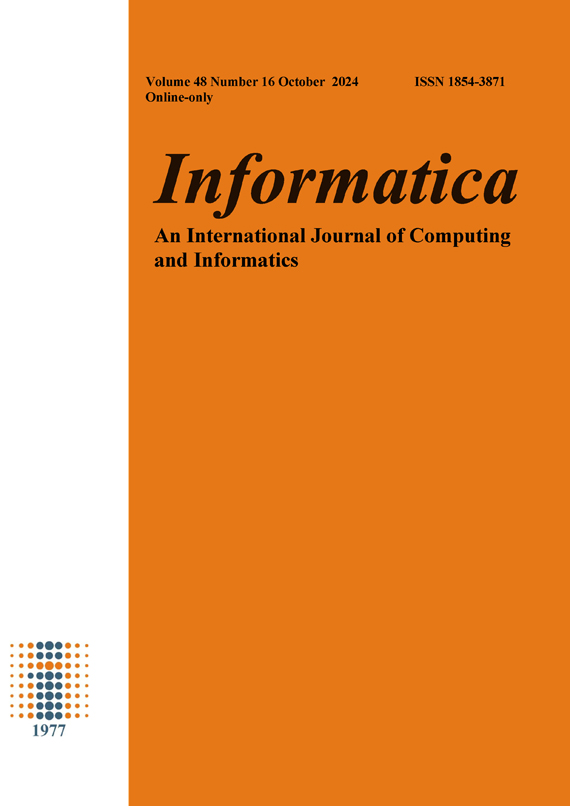Shrinkage and Porosity of Cotton and Hemp Fabrics Based on ELM Algorithm
DOI:
https://doi.org/10.31449/inf.v48i16.6490Abstract
Cotton and linen fabric is a kind of mixed textile of half linen and half cotton, which has the characteristics of both linen and cotton, so it is widely used in summer clothes. Shrinkage and bulk properties are important indicators of the quality of cotton and linen fabrics, so it is necessary to accurately predict their shrinkage and bulk properties. In this study, the ELM is introduced to predict its fluctuation range, and the PSO algorithm is adopted to optimize the ELM. The FIG technology is introduced to realize the dynamic extraction of its characteristics, obtain the FIG-PSO-ELM algorithm, and verify its validity. The experimental results show that within 1500 seconds, the shrinkage rate and elastic viscosity of cotton and linen fabrics change greatly, and the values are in the range of 49.2 to 51.2, and the maximum value is 51.15. In addition, the prediction results of the FIG-PSO-ELM method in Low, R, and Up sequences are basically consistent with the real values, showing good prediction accuracy. Compared with the prediction results of the other four algorithms, the FIG-PSO-ELM method has the best prediction effect, and the errors on the three sequences are the smallest, among which the minimum is 0.0019 and the minimum is 0.0368. Overall, the FIG-PSO-ELM method has a good prediction effect, accurately predicts the polycondensation area and porosity of cotton and linen fabrics, and has a good effect on the actual weaving of cotton and linen fabrics.
Downloads
Published
Issue
Section
License
I assign to Informatica, An International Journal of Computing and Informatics ("Journal") the copyright in the manuscript identified above and any additional material (figures, tables, illustrations, software or other information intended for publication) submitted as part of or as a supplement to the manuscript ("Paper") in all forms and media throughout the world, in all languages, for the full term of copyright, effective when and if the article is accepted for publication. This transfer includes the right to reproduce and/or to distribute the Paper to other journals or digital libraries in electronic and online forms and systems.
I understand that I retain the rights to use the pre-prints, off-prints, accepted manuscript and published journal Paper for personal use, scholarly purposes and internal institutional use.
In certain cases, I can ask for retaining the publishing rights of the Paper. The Journal can permit or deny the request for publishing rights, to which I fully agree.
I declare that the submitted Paper is original, has been written by the stated authors and has not been published elsewhere nor is currently being considered for publication by any other journal and will not be submitted for such review while under review by this Journal. The Paper contains no material that violates proprietary rights of any other person or entity. I have obtained written permission from copyright owners for any excerpts from copyrighted works that are included and have credited the sources in my article. I have informed the co-author(s) of the terms of this publishing agreement.
Copyright © Slovenian Society Informatika








